We’re proud to celebrate 10 years of collaborative impact and success after the launch of our program in 2014. As the first full EPR program for packaging and paper in North America, together with our partners, we have continued to advance environmental outcomes and achieve program objectives and success on behalf of our producer members. We are recognized internationally and regarded as a best practice model for full EPR and we look forward to continuing to advance recycling in BC.
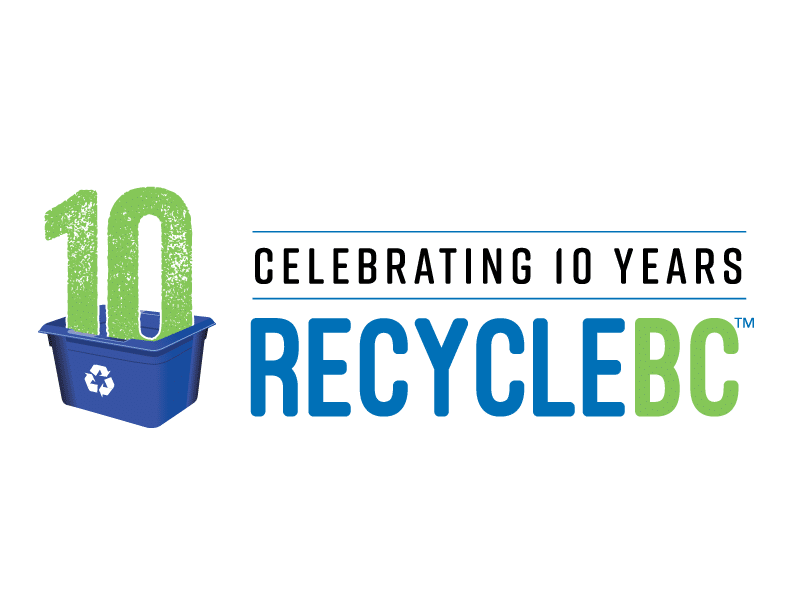
of BC residents have access to packaging and paper recycling services
tonnes collected from residents of BC since 2014
contributed by producers to manage waste packaging and paper in BC communities since 2014
of plastic collected is managed by recycling
People Leading
the Way
10 Key Achievements in 10 Years

1. Consistent Material List
When our program launched in 2014, we established a consistent and expanded list of accepted materials for residents of BC. This list has continued to grow and in 2023 we added single-use and packaging-like products to our accepted material list so residents can recycle even more.
2. City of Vancouver Recycling Service
In 2016, the City of Vancouver, BC’s largest and highest profile city, made the decision to turn over residential recycling services wholly to Recycle BC. Recycle BC currently provides collection services directly to 16 communities across BC.
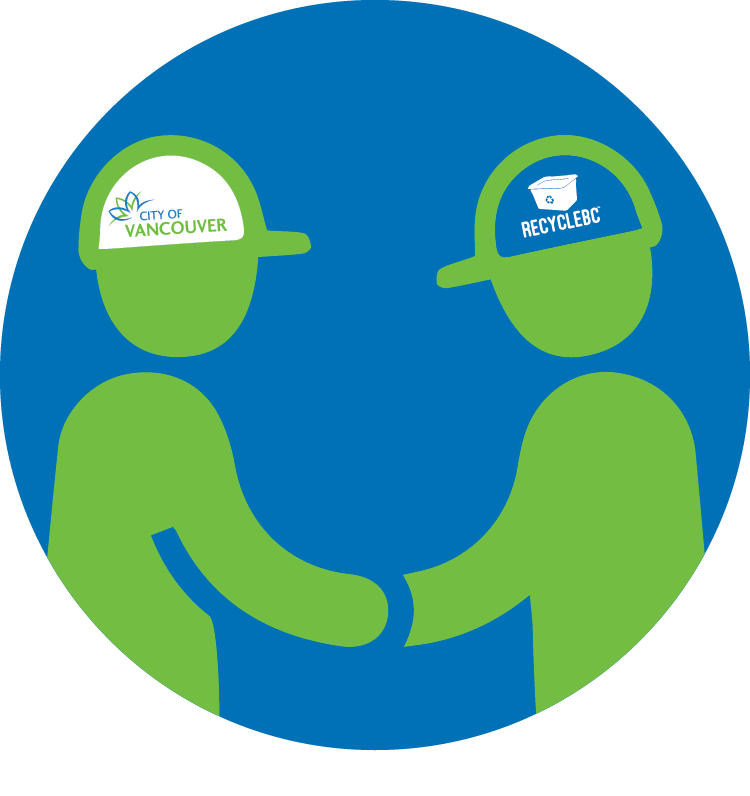
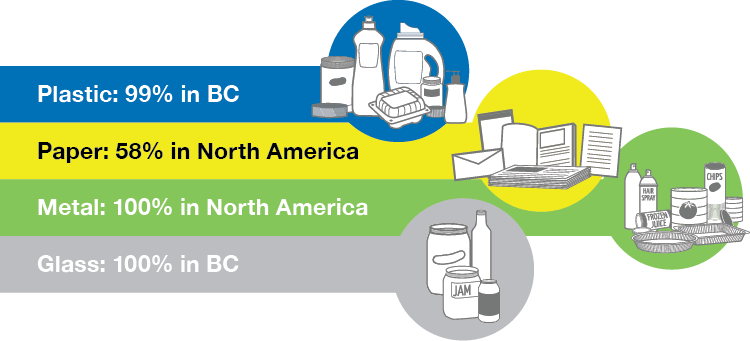
3. End Market Stability
In 2017, China implemented National Sword, restricting the contamination allowed in imported commodity bales. While other jurisdictions had to stockpile or landfill recycling, we were able to maintain access to end markets due to our high-quality material and focus on local markets.
4. Community Participation
After the program launch, Recycle BC continued to onboard communities into the program. Over 196 BC communities, including First Nations, rural and remote communities, now participate in our program through either curbside, multi-family or depot collection.
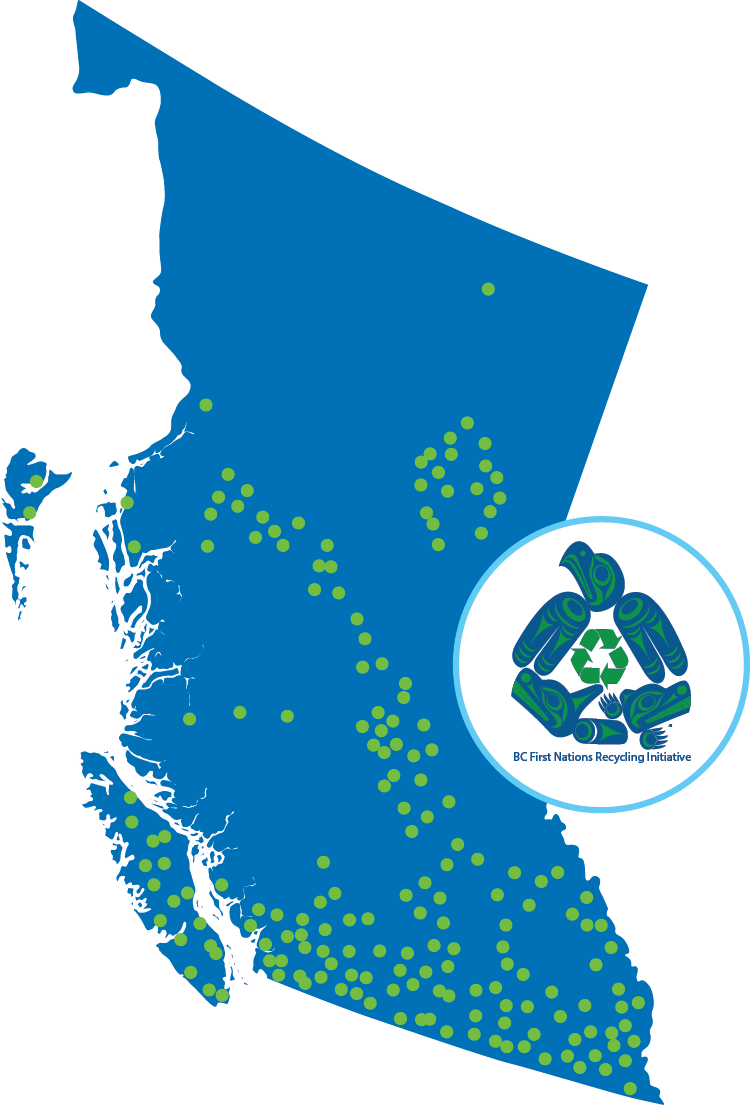

5. Post-Collection Facility Investment
In 2020, we partnered with GFL for post-collection services, resulting in significant investments and improvement in recycling infrastructure, technology, facilities and processing capability, including multi-grade paper sorting.
6. Flexible Plastic Collection and Recycling
In 2018, we started collecting multi-laminate packaging to conduct research and development with Merlin Plastics to find a recycling solution. Starting in 2022, flexible plastics are being managed by recycling. This breakthrough allowed for a unified collection category for all flexible plastics, simplifying the recycling process for residents.
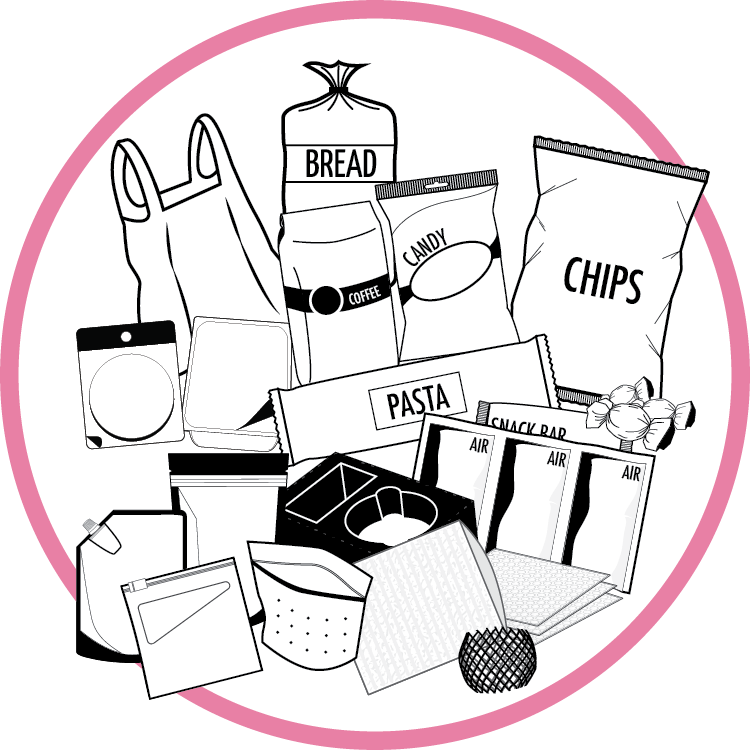
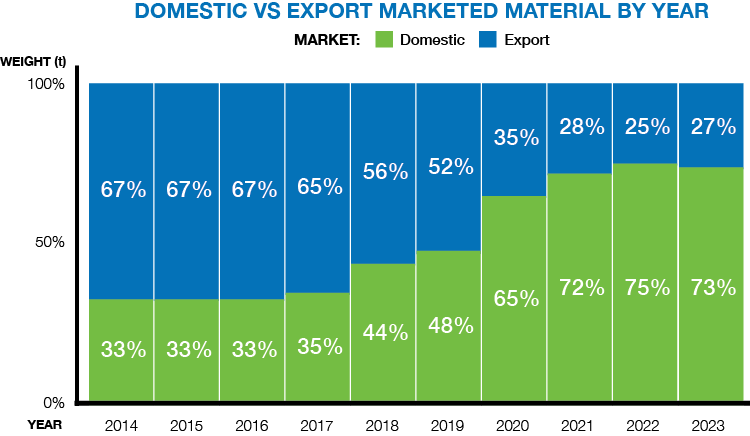
7. North American End Markets
Through a concentrated effort, and with detailed chain of custody reporting, Recycle BC has shifted most of our recycling end market locations from overseas recyclers to North American recyclers, keeping 73% of material much closer to home.
8. Plastic Recycling
Over 98% of plastic collected from BC residents is sent to recycling end markets to be made into plastic pellets for new products and packaging. Of that, 99% goes to recyclers in BC.
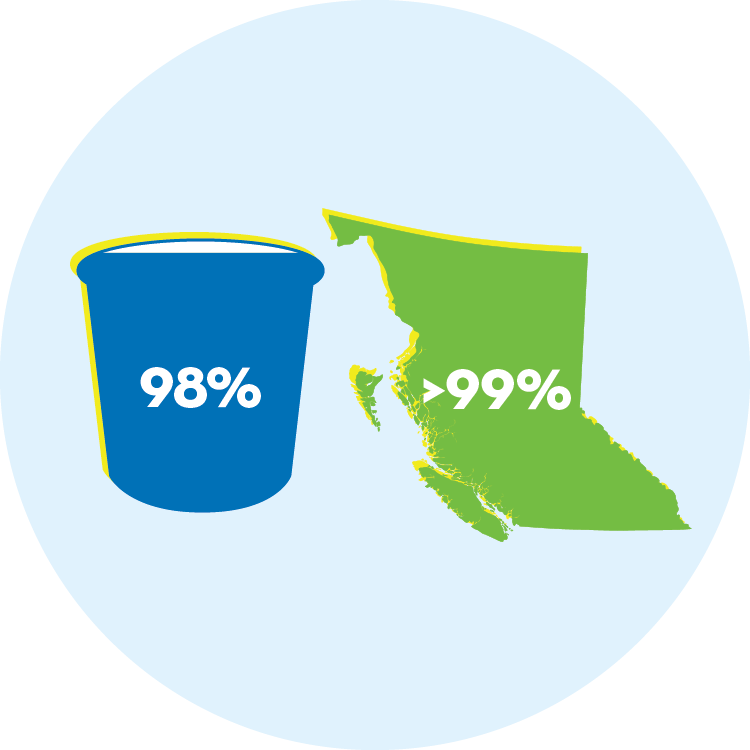
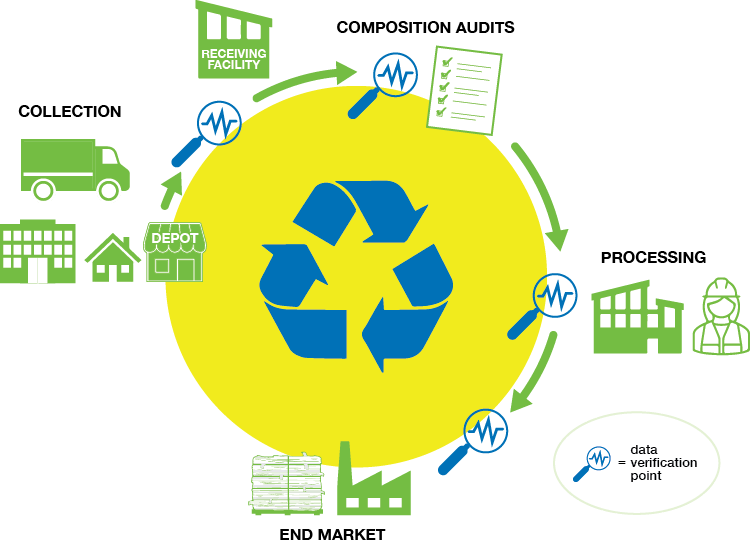
9. Chain of Custody Reporting
Recycle BC records the movement of material from collection through to its final destination at a recycling facility to be made into a new commodity. These movements undergo a third-party assurance audit to ensure the numbers we report reflect the actual performance of our program.
10. Plastic Recycling Leadership
Recycle BC is an active participant with many projects and organizations to share our knowledge and drive industry change. We co-chair the Canada Plastics Pact flexible plastic working group, lead work with PRFLEX to advance flexible plastics recycling and support the CSA Group to create a definition for recycling.

In addition, over the past 10 years, our program and partners have showed exceptional resilience in the face of significant challenges. The ability to effectively manage recycling collection and processing through a global pandemic, a catastrophic flood and other states of emergency such as wildfires and snowstorms, is a testament to the robust system design and the commitment of the partners involved.

